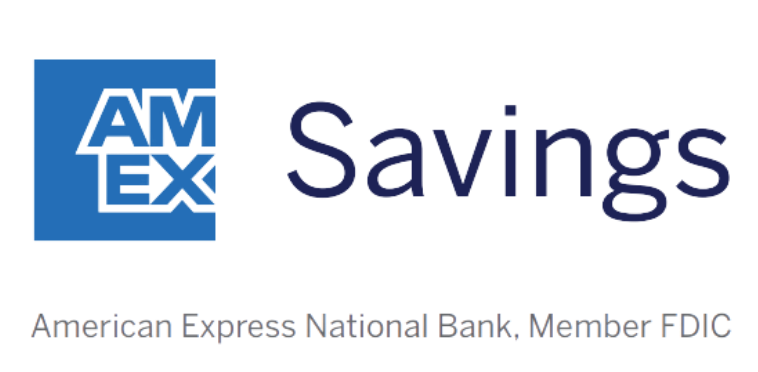Now that the Federal Reserve has begun cutting its benchmark interest rate, you may find that 5% CDs aren’t as easy to come by as they were earlier in the year. But if you shop around for a great CD rate, you might still be able to score a 5% return.
And even if you can’t, a lot of CDs are paying close to 5%. If you can snag a 4.75% APY on a 12-month, $5,000 CD, that’s $237.50 worth of interest you stand to earn (as opposed to $250 for a 5%, 12-month CD) — not too shabby.
But while you might think higher CD rates are something to celebrate, the unfortunate truth is that they come with their share of drawbacks. Here are a few pitfalls of 5% CDs you should know about.
1. Higher rates will only last for so long
Sure, you can score somewhere in the ballpark of 5% on a 12-month CD today. But what happens after those 12 months are up?
Our Picks for the Best High-Yield Savings Accounts of 2024
|
American Express® High Yield Savings  APY 4.00% Rate info Min. to earn $0 Member FDIC. |
APY 4.00% Rate info |
Min. to earn $0 |
|
Capital One 360 Performance Savings  APY 4.00% Rate info Min. to earn $0 Member FDIC. |
APY 4.00% Rate info |
Min. to earn $0 |
|
CIT Platinum Savings  APY 4.70% APY for balances of $5,000 or more Rate info Min. to earn $100 to open account, $5,000 for max APY Member FDIC. |
APY 4.70% APY for balances of $5,000 or more Rate info |
Min. to earn $100 to open account, $5,000 for max APY |
CD rates are likely to keep falling as the Fed moves forward with interest rate cuts. While you might snag a return you’re happy with in the near term, come this time next year, you may find yourself at a loss for what to do with your money.
That’s why you may want to invest your money to begin with rather than put it into a 5% CD. If you wait to invest, you might lose money in the long run.
Over the past 50 years, the S&P 500’s annual return has been 10%, accounting for strong years as well as weak ones. Click here to review top-rated brokerage accounts. If you start with $5,000 today and leave it alone for 25 years, you’ll have about $54,000 if your portfolio gives you a 10% yearly return during that time.
But if you wait even one year to invest that $5,000, you’re looking at growing your balance to about $49,000. That’s $5,000 less than what you could’ve had by starting a year earlier.
So ask yourself: Is it worth giving up $5,000 to earn around $237 in a 1-year CD? Probably not.
2. Higher CD rates tend to mean higher borrowing rates
CD rates and borrowing rates tend to go hand in hand. It’s nice to earn more money from a CD. But in exchange, right now, you’re likely to pay more for a personal loan, auto loan, or just about any loan you sign. And you may be paying a higher interest rate on a credit card balance you’re carrying.
The good news is that as the Fed cuts interest rates, borrowing rates should come down. Granted, so will CD rates. But you might still come out ahead financially if it costs you much less to sign a loan or pay off a credit card you owe money on.
3. If you take an early withdrawal, the penalty could be larger
One disadvantage of CDs over savings accounts is that they commonly charge an early withdrawal penalty for taking your money out before they mature. With a savings account, you might earn less interest, but you get penalty-free access to your money whenever you want it.
The problem with 5% CDs, though, is that they could result in larger early withdrawal penalties. Say the penalty for taking an early withdrawal for a 12-month CD at your bank is three months of interest. If you’re earning 5% on a 12-month, $5,000 CD, you’re potentially looking at a $62.50 loss if you take your money out before your CD matures. And while that’s not a life-changing sum of money, it’s a large enough amount to get upset about.
If you have money you’re looking to grow on a short-term basis, then a CD is a smart bet — an even better one than an investment account, in fact, because for those, you need time to ride out stock market downturns. And if you decide that a CD is right for you, then it pays to lock in as high a rate as possible.
But also, don’t be too bummed if 5% CD rates start to disappear, because there are some drawbacks to rates being that high.

